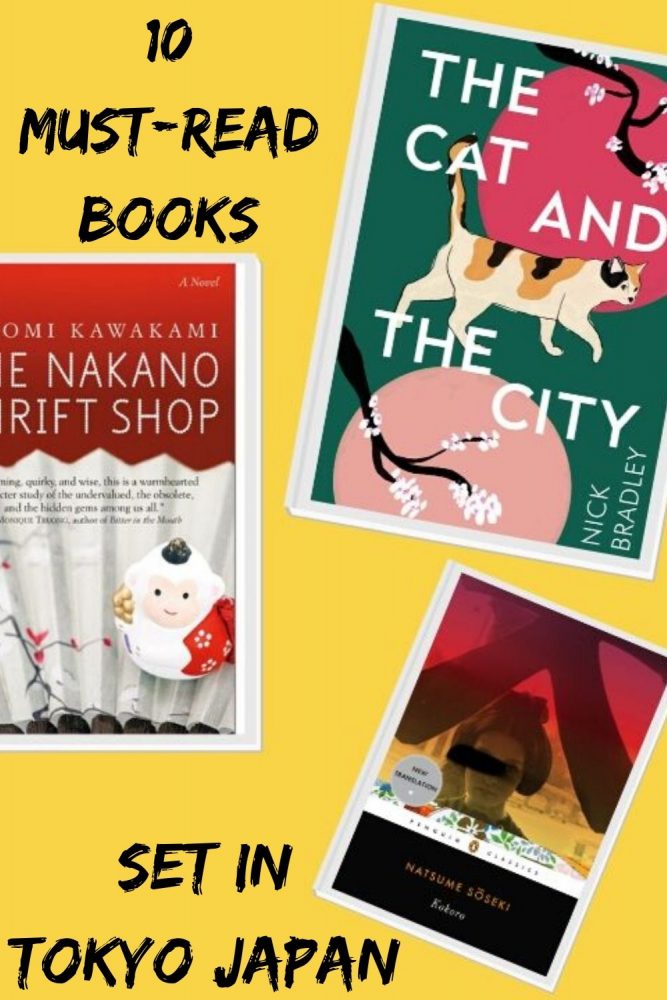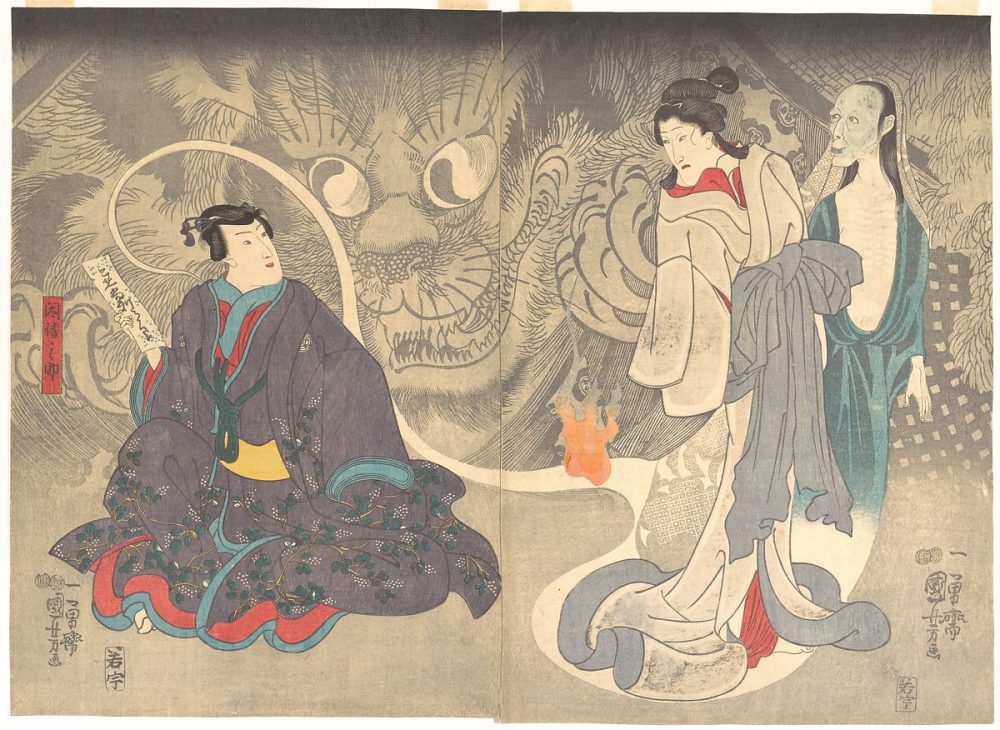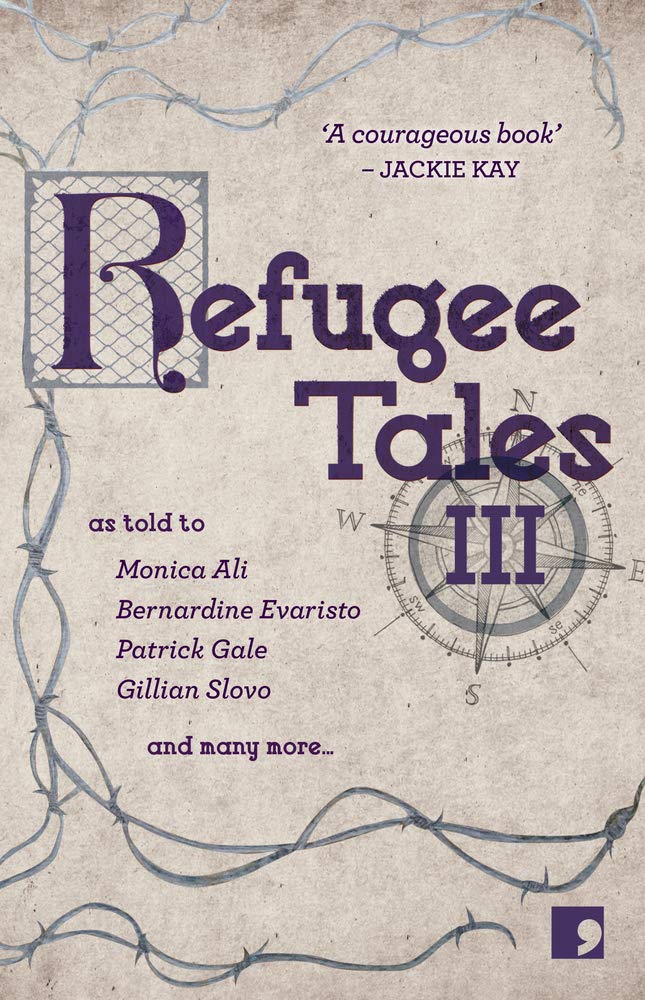As many of the books on this list explore and celebrate, Tokyo is a city that contains multitudes. It is an Edo city of traditional Buddhist temples and Shinto shrines.

It’s also a pre-war town of narrow yokocho alleyways lined with ramen joints and izakaya. And it’s a modern metropolis of kawaii cafes, shopping districts, underground music, and a Robot Restaurant.
Each of these books set in Tokyo captures the essence of a different part of Tokyo life (and, often, more than one).
These are books that celebrate Tokyo, dig into the city’s dark underbelly, explore the marriage of traditional and modern.
Each of them (with one exception) is a Japanese novel in translation that offers readers an intimate and dynamic view of Tokyo from the ground level.
Some are dark, some funny, some romantic, all beautiful in their own way. Reading these wonderful books set in Tokyo will enamour you to Japan’s magnificent capital like few things can.
Tokyo Ueno Station by Yu Miri
Translated by Morgan Giles
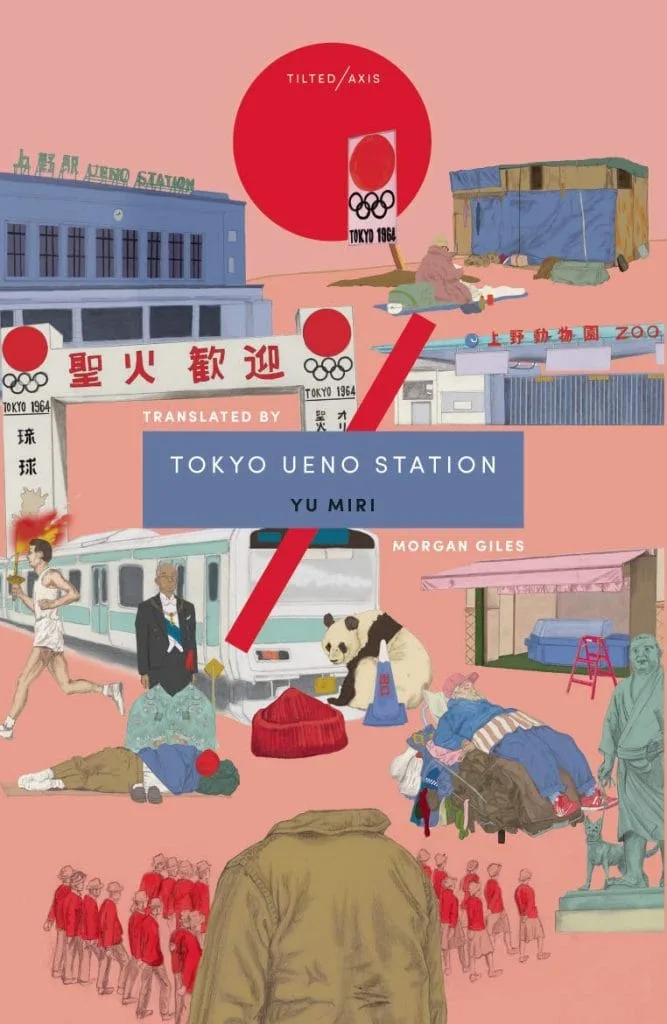
A short, angry, politically charge novel by one of Japan’s most talented and sharp modern writers. Tokyo Ueno Station paints a darkly honest picture of the realities of class divides and the unfairness of modern capitalism.
It is proof that meritocracy is a farce, and that unfairness is the truth of modern life, even in a city as peaceful as Tokyo.
Set predominantly in Ueno Park, the novel’s protagonist is the ghost of a homeless man who died in that same park but gave his life to build the modern metropolis we know and love today.
Kazu was born in the same year as Japan’s emperor, and both men’s sons were born on the same day. While the emperor was born into the height of privilege, Kazu was born in rural Fukushima, a place that would later be ravaged by destruction in 2011.
While the emperor’s son would go on to lead a healthy life, Kazu’s son’s life would be cut short, and Kazu himself would live out his final days as one of the many homeless barely surviving in a village of tents in Ueno Park.
Tokyo Ueno Station serves as a reminder that every human is just that: human. It is a tragically honest heart-on-sleeve examination and declaration of the sorrows of modern capitalist life.
Read our review of Tokyo Ueno Station
Fault Lines by Emily Itami
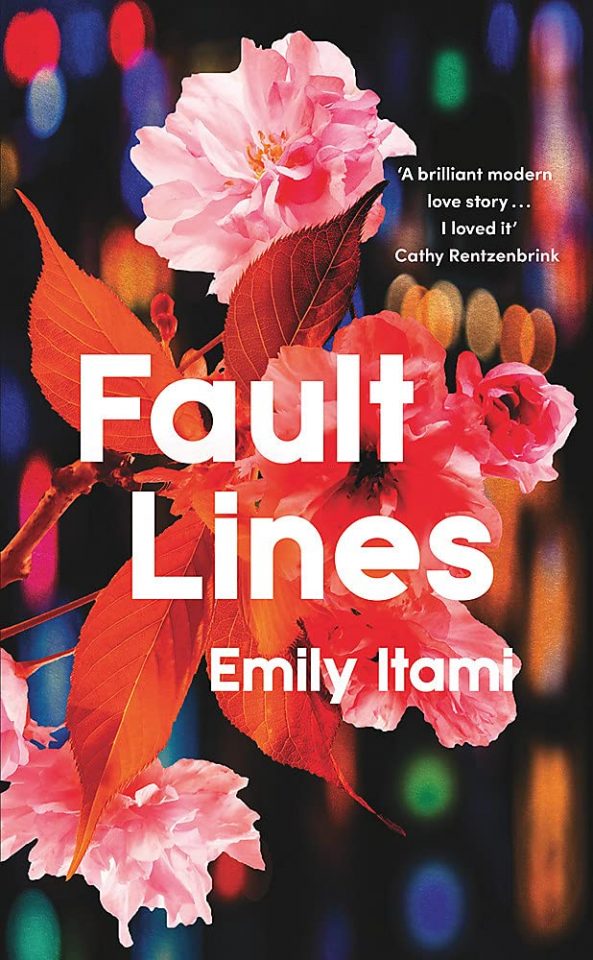
UK-based author Emily Itami grew up in Tokyo and cut her teeth as a travel writer. Fault Lines, her debut novel, is one of the most charming and delightful books set in Tokyo you’re likely to read any time soon.
Fault Lines follows Mizuki, a bored-to-tears housewife and mother of two. Mizuki spent years living in New York City, learning English, and almost becoming a successful singer. Now, back home in Tokyo, she has been married for many years and has two young children.
Mizuki’s husband, a zombie-like salaryman, pays her little attention. Her life is stagnant and grey. One day, however, while out with some French friends, she meets and quickly befriends Kiyoshi, a restauranteur.
Mizuki tries to convince herself that Kiyoshi is simply a new friend, but she cannot deny the love and lust for him that she feels. Kiyoshi has brought the world back into colour for her; he has reminded her of what passion feels like; he gives her a reason to talk and express herself.
All the while, Mizuki must continue on being a wife and mother; her responsibilities slip but she does her best to hold her life together.
Fault Lines is a relatable, lively, charming, and witty novel about how the blandness of ordinary life can lead us to crisis, and how it doesn’t take much to knock us off balance entirely.
How Do You Live? by Genzaburo Yoshino
Translated by Bruno Navasky

How Do You Live? opens with a teenage boy and his uncle standing on the roof of a Tokyo department store, looking down on all the people below as they walk the streets, drive their cars, and live their lives. As he watches Tokyo move and breathe beneath him, the boy considers the connections between all of us.
The boy, Copper, is a sweet and considerate teenager who spends the novel learning lessons and steadily growing. This is partly due to the guidance of his uncle and mother, but mostly down to his own strong moral compass.
How Do You Live? is a Japanese novel for young readers, designed to teach kindness, sympathy, and empathy, and it does a splendid job of that.
Written and set in the 1930s, How Do You Live? depicts a pre-war Tokyo that doesn’t really exist anymore, making it a very precious and important read amongst books set in Tokyo.
The Cat and the City by Nick Bradley

The only book on this list written by a Western author, The Cat in the City is a love letter to Tokyo and its people by a writer who spent ten years living, learning, and working in Tokyo.
The Cat and the City is a collection of short tales, all tightly interwoven together. Each one intimately ties the reader to a Tokyo resident who takes us on a journey down the city’s streets, along its metro lines, into its whisky bars and karaoke joints.
Nick Bradley’s Tokyo is an enormous and vivid tapestry, with each thread revealing the life of a person who has lived and worked there, who has shed tears and blood for Tokyo, who struggled through their darkest days and celebrated their greatest victories in Japan’s great metropolis.
The Cat and the City offers us its hand and, if we dare to take it, we are led like Alice through this wonderland of a concrete jungle.
Along the way we will ride in taxis along neon-soaked streets, sit in okonomiyaki joints listening to the ramblings of drunken old men, and sing karaoke with young lovebirds.
Tokyo opens its heart to us in this collection of cleverly interwoven stories, and what we find when we venture inside is so much joy, misery, pain, beauty, everything.
When it comes to books set in Tokyo, nothing gives as well-rounded a perspective on Tokyo life as Nick Bradley’s The Cat and the City.
Read our review of The Cat and the City
Convenience Store Woman by Sayaka Murata
Translated by Ginny Tapley Takemori
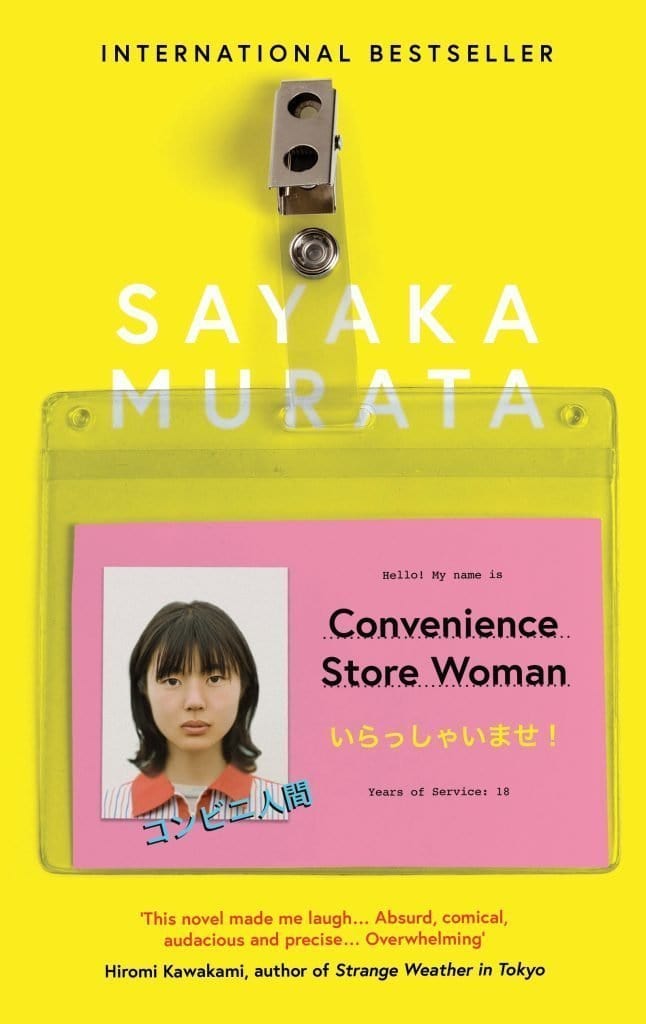
One of our favourite books of all time, Japanese or otherwise, Convenience Store Woman offers us a rare and unusual glimpse into a world that is seen by everyone in Tokyo but not always lived or even considered. It is par for the course for students and young Tokyo residents to work part-time at a convenience store, but Murata’s protagonist is a little different.
Keiko Furukura is thirty-six and has worked part-time in the same convenience store for eighteen years (as, in fact, has her creator). She has seen eight managers — whom she refers to only by their numbers — and more co-workers than she could count.
She is entirely content with her life, and has never asked for anything more; not a better job, more money, nor even a partner to share her life with.
Keiko is pressured by those around her to make something of herself, and the person who understands her best is a raucous and barbaric moron who serves as the typically hyper-aggressive masculine counterpart to her.
Convenience Store Woman shows us the world of the convenience store. These small shops, known as konbini in Japan, are on every street in Tokyo.
They are an indispensable part of modern Japanese life. And Convenience Store Woman celebrates their workers while also showing us a different way to live in this modern world.
Read our review of Convenience Store Woman
The Perfect World of Miwako Sumida by Clarissa Goenawan

The Perfect World of Miwako Sumida is a subtly fantastical story, driven by themes of love, loss, and grief. It toes the line between YA and literary fiction, and it does so effortlessly.
Set during the shift from 80s to 90s Tokyo, as Japan’s great economic bubble is getting ready to burst, The Perfect World of Miwako Sumida traces the lives of a handful of lovable but flawed young women and men.
The titular Miwako Sumida is the axel around which this wheel of complex characters spins, each one taking a turn to narrate the story and impress upon us the kind of person Miwako Sumida was.
Sumida herself is dead. While working at a mountain retreat, she took a ladder into the forest and hanged herself from a large tree. Our three protagonists – Ryusei, Chie, and Fumi – are left to pick up the pieces of their own lives, recently shattered by the death of their friend.
Split into three parts, The Perfect World of Miwako Sumida is a three-dimensional story that moves seamlessly from the distant past to the recent past to the present, painting a colourful image of Miwako Sumida that grows in detail as the story gains momentum.
Despite not having been written by a Japanese novelist, The Perfect World of Miwako Sumida strongly and elegantly echoes (as I’ve already mentioned) the style and tone of manga like Erased and Orange, and most vividly the novels of Haruki Murakami.
Read our review of The Perfect World of Miwako Sumida
Out by Natsuo Kirino
Translated by Stephen Snyder

Out follows the story of a woman who works a dead-end job in a factory in Tokyo, exhausted by also having to be a mother and support her useless and unfaithful husband.
When our protagonist snaps and murders her husband, she turns to her fellow female factory worker for help covering her tracks. Soon enough they will need to fend off not only the police but the local yakuza crime family. Out is an angry, exhilarating Japanese crime novel and a masterpiece of Japanese feminist literature.
This is a powerful piece of feminist Japanese literature, but it is also an enlightening lifting of the veil between the bright, clean Tokyo streets we all understand, and the dark and difficult working class world of Tokyo that we rarely give a thought to.
The Last Children of Tokyo by Yoko Tawada
Translated by Margaret Mitsutani
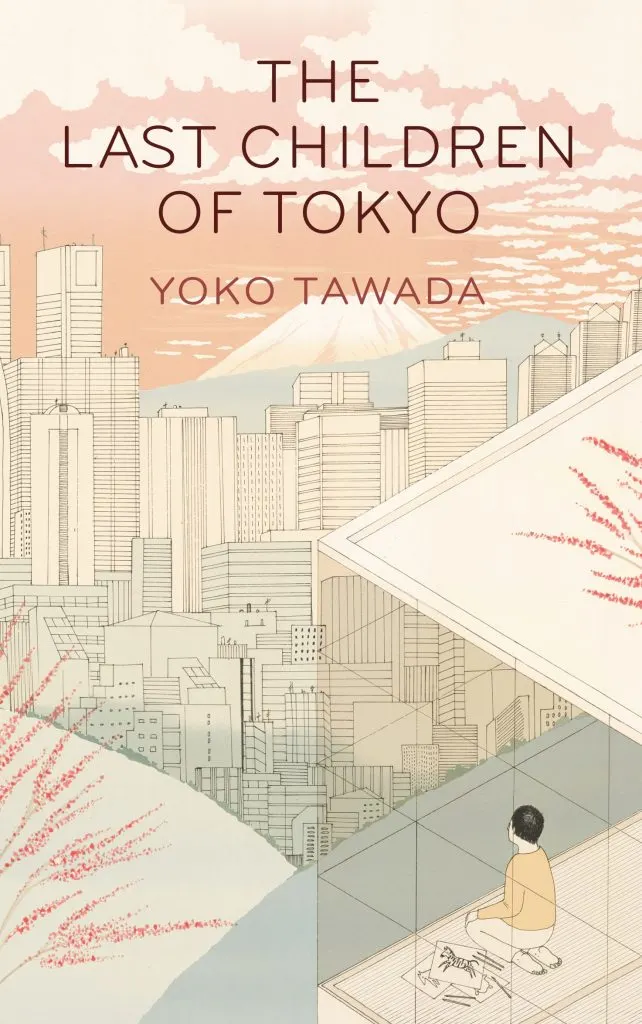
As The Last Children of Tokyo begins, Yoshiro, a retired author, has passed his hundredth birthday and still spends every morning out jogging with his rent-a-dog (there are few animals left in Japan, and certainly no wild ones).
His great-grandson Mumei, however, was born, like every member of his generation, with grey hair and failing health. His life expectancy is poor, and his bones will likely fail him before he exits his teens.
Yoshiro and Mumei exist in the book as fascinating examples of their society: a dystopian Japan in which the cities have mostly been abandoned, ties with the outside world have been cut, all other languages are no longer taught or spoken.
The book paints a very dystopian view of Tokyo, but one that feels not all that far away. Meanwhile, some time and consideration is given to the southern reaches of Japan: the tropical reaches of Okinawa and Fukuoka.
Comparing how the people there live with the frightening future world of Tokyo encourages some dark considerations of the world we’re walking closer towards every day.
Read our review of The Last Children of Tokyo
The Wind-Up Bird Chronicle by Haruki Murakami
Translated by Jay Rubin
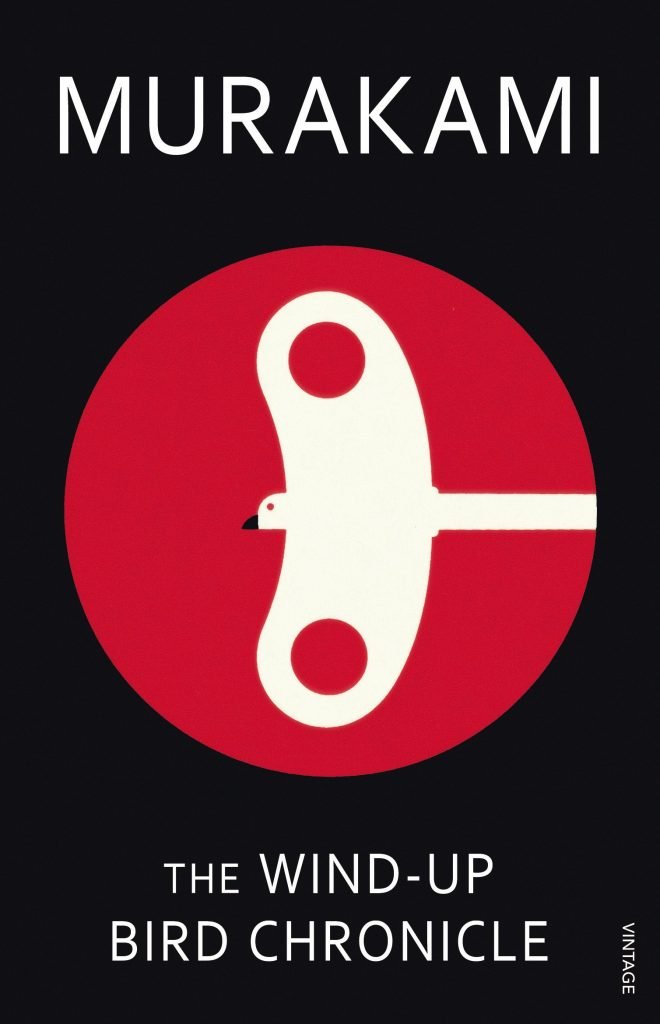
Set in the peaceful, middle-class suburban residential district of Setagaya, The Wind-Up Bird Chronicle begins by showing us the absolute ordinariness of Tokyo life for your average adult salaryman.
The quiet, comfortable life of a normal man, albeit one suffering an existential crisis who is about to fall down a rabbit hole of surreal and impossible experiences. But, such is the world of Haruki Murakami.
In The Wind-Up Bird Chronicle we are lost in the life of Toru Okada, a thirty-year-old suburban Tokyo husband.
Having recently left his job with a positive attitude toward change and a fresh start, it is jarring and contradictory to see that Toru’s attitude towards life is entirely passive and apathetic. This novel is an enormously abstract journey, taking place in a dry and still world.
Toru Okada, our unsuccessful and futureless protagonist, is constantly at odds with his brother-in-law, the obviously psychopathic and hugely successful intellectual, Noboru Wataya.
When Toru’s cat, and then his wife, go missing, his feeling of disconnect reaches its boiling point and, in order to claw his way out, he must sink to the bottom of a well.
Read our review of The Wind-Up Bird Chronicle
Strange Weather in Tokyo by Hiromi Kawakami
Translated by Allison Markin Powell
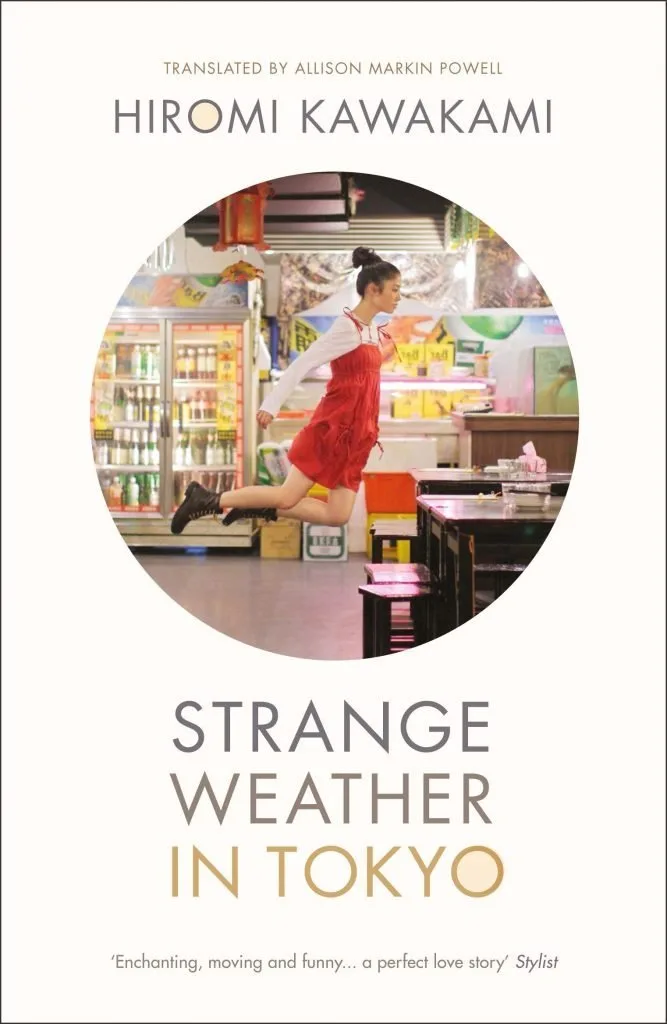
Of all the books set in Tokyo, this is the one that best understands and explores the near impossible relationship between the old Edo world of Japan and the modern metropolitan life of today’s Tokyo.
That relationship is embodied by our two protagonists: an unlikely pair of lovers who must learn to understand their differences in order to make their love work.
Strange Weather in Tokyo is a clash of modern and classic Japanese culture and customs, and of modern and weathered dating methods. The writing is clean, to the point, and surprisingly fast-paced. A bizarre and engrossing love story set in the small bars, side streets, and cafes of Tokyo.
This is one of our favourite Japanese novels; a book we find ourselves returning to often. Tsukiko, a modern office worker, and her sensei, a man almost out of time, make for two of the sweetest lovers ever penned in a Japanese novel.
Read our review of Strange Weather in Tokyo
The Nakano Thrift Shop by Hiromi Kawakami
Translated by Allison Markin Powell

Two Kawakami books in a row? This is nothing more and nothing less than a sign of just how vibrant a picture she paints of modern Tokyo life.
While Strange Weather in Tokyo is a vivid metaphor of old-vs-new Tokyo, The Nakano Thrift Shop is a slice-of-life drama about a group of young residents of Tokyo, all working and spending time in a quirky thrift shop.
The characters who populate this book are a sweet and varied bunch of young people, representing the typical millenial picture of 21st century Japan.
Of all the books set in Tokyo, The Nakano Thrift Shop gives a very specific street-level perspective of the city’s ordinary young people and the quiet but unique loves they live.
Kokoro by Natsume Soseki
Translated by Meredith McKinney
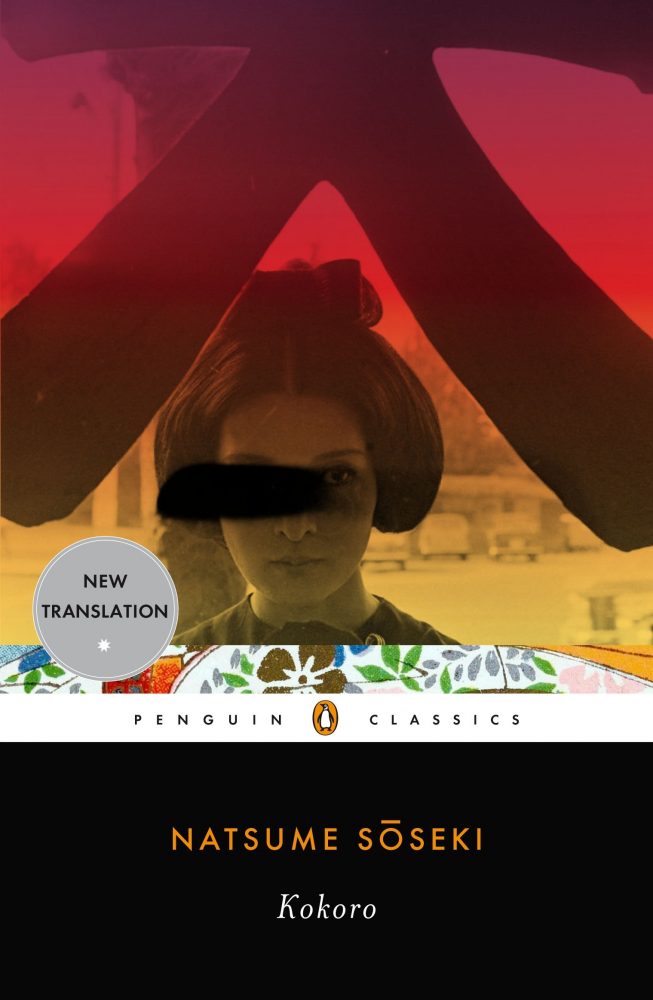
Natsume Soseki is considered, by most modern Japanese readers, to be the nation’s most vital, wonderful, and influential writer. He is cherished in Japan even a hundred years after the time in which he was writing.
His novel, Kokoro (meaning ‘heart’) is a coming-of-age story in three parts, exploring the relationship between a young man during his formative years, and his relationship with the man he calls sensei.
Beginning in the historic and beautiful town of Kamakura, a short day-trip from Tokyo, the book then takes us to pre-war Tokyo and offers readers a view of the capital which no longer exists.
While many of the books set in Tokyo on this list give us a dynamic and rounded view of the capital today, Kokoro shows us the Tokyo that once was, neither Edo nor modern, hanging in that changing pre-war early 20th century moment.
Moshi Moshi by Banana Yoshimoto
Translated by Asa Yoneda
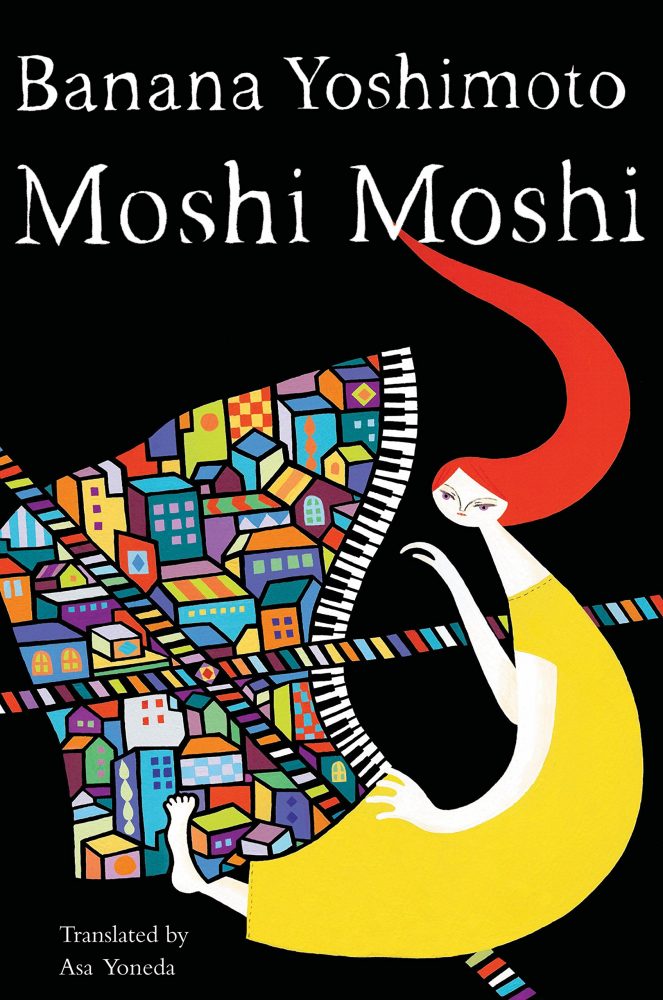
Banana Yoshimoto is one of Japan’s finest modern novelists. She is a deeply philosophical, considered, liberal, and explorative author who demonstrates an intimate relationship with love, life, and death. Moshi Moshi (named after the Japanese word spoken when picking up the phone) is one of Yoshimoto’s most beloved novels.
Like The Nakano Thrift Shop and The Wind-Up Bird Chronicle, this is one of the books set in Tokyo which captures a very specific neighbourhood. In Moshi Moshi, that neighbourhood is Shimokitazawa — south of Nakano, East of Setagaya, West of Shibuya.
This district combines modern hipster life with a retro and traditional vibe, and it fits perfectly with the protagonists of Yoshimoto’s novel.
After Yoshie loses her father to a strange suicide pact, she and her mother move to Shimokitazawa to start a fresh, but soon enough Yoshie is troubled by nightmares of herself trying to call her father as he searches for the phone he left behind the day he took his own life.
Like all Yoshimoto’s books, this is a Japanese novel about the relationship between love and death, and one of the finest modern Japanese books available.
Like this list? Pin it for later!
